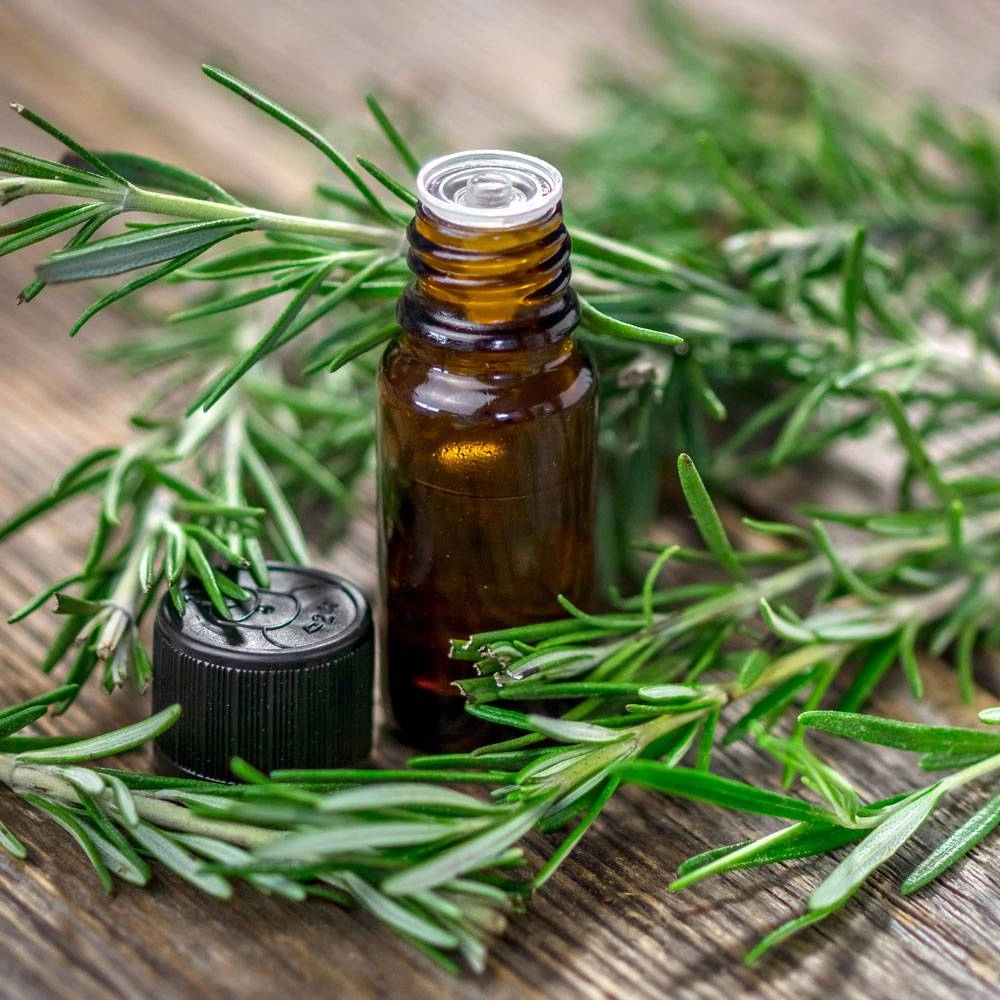
Rosemary (Rosmarinus officinalis L.), a member of the Lamiaceae family, is an evergreen perennial shrub, characterized by a unique aromatic odor . Among the three species of genus Rosmarinus used for essential oil production, Rosmarinus officinalis is one of the most productive species.
Rosemary contains essential oils that are associated with interesting pharmacological properties including anti-inflammatory, anti-oxidant, anti-bacterial, anti-nociceptive, anti-fungal, anti-diabetic and antithrombotic.
Rosemary essential oil has already being used as a preservative in food industry due to its antioxidant and antimicrobial activities, but it was shown to possess additional health benefits.
Rosemary essential oil contains mainly monoterpenes and monoterpene derivatives (95-98%), the remainder (2-5%) being sesquitrpenes. The principal volatile compounds in rosemary are camphor and 1,8-cineole, followed by borneol, verbenone, alpha-pinene, camphene, limonene, acetate and alpha-terpineol.